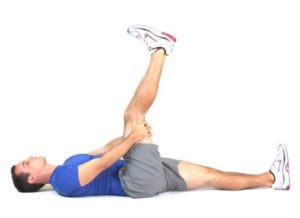How Exercise Can Help Your Lower Back Pain:
Are you suffering from low back pain? When your back is hurting, you may just want to lie in bed and rest. This is understandable, but it may not help you get any better. Did you know that moving is actually good for your back? Exercise can strengthen back, core, and leg muscles, helping you support your spine and relieve back pain. However, depending on the cause, severity, and type of back pain you have, some movements are not recommended and may even be harmful. Let’s go over which exercises you should try, and which ones you should be avoiding.
Do – Partial Crunches:
Lie on the floor on your back with your knees bent and your feet flat. Place your hands behind your neck (or cross them over your chest, whichever is more comfortable for you), then tighten your stomach muscles and raise your shoulders off the floor. As you’re raising your shoulders, you should be exhaling. Do not use your arms to pull your neck. Keep your elbows straight out. Hold this position for a second, then slowly lower back down. Your feet, tailbone, and lower back should maintain contact with the floor at all times. Repeat 8-12 times and keep proper form to prevent excessive stress on your lower back.
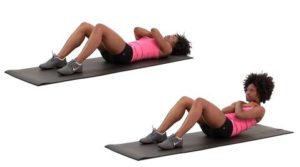
Avoid – Sit-ups:
Sit-ups may put a lot of pressure on the discs in your spine. While you may think they will help you strengthen your core muscles, it is best to avoid this exercise if you’re struggling with low back pain.
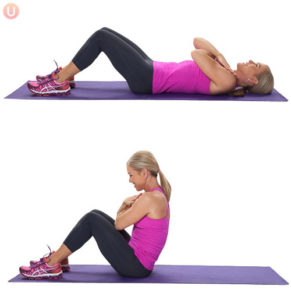
Do – Lumbar Extension Stretches:
If you suffer from disc herniation, this exercise may help you. However, if your pain is a result of a vertebrae fracture or spinal stenosis, be very careful. Start by lying on your stomach. Bend your elbows underneath you and keep your palms flat against the surface. Keeping your hips and pelvis in contact with the surface, lift your upper torso off the ground. Only go as high as you feel comfortable. Do 10 repetitions, holding the pose for 10 seconds each time, and work yourself up to 30 seconds.
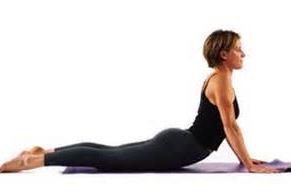
Avoid – Burpees:
Burpees are a high impact exercise that are supposed to be done at a high speed. This combination can be detrimental to those who are suffering from low back pain.
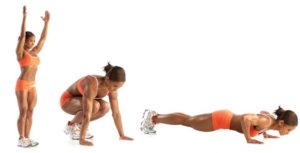
Do – Sciatic Nerve Stretch:
If you are experiencing radiating pain in the legs, buttocks, calf, and/or foot, then this stretch may benefit you as if follows the path of the sciatic nerve. Stretching the nerve will desensitize it and reduce your pain. Start by lying on your back with your hand behind your knee on the side where you have pain. Flex your knee and then flex your ankle back and forth, holding each position for a few seconds Perform 10 repetitions on each side.
Avoid – Double Leg Lifts:
This movement should be avoided by those with lower back pain. Often times, people use their lower back to hoist their legs in the air, putting pressure on the spine. This is ineffective and may lead to further injury or increased pain.
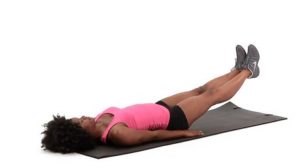
Still experiencing pain? Request an appointment.
*As a reminder, always discuss any questions or concerns with your physician regarding your own health and dietary needs, as the information written should not replace any medical advice.

